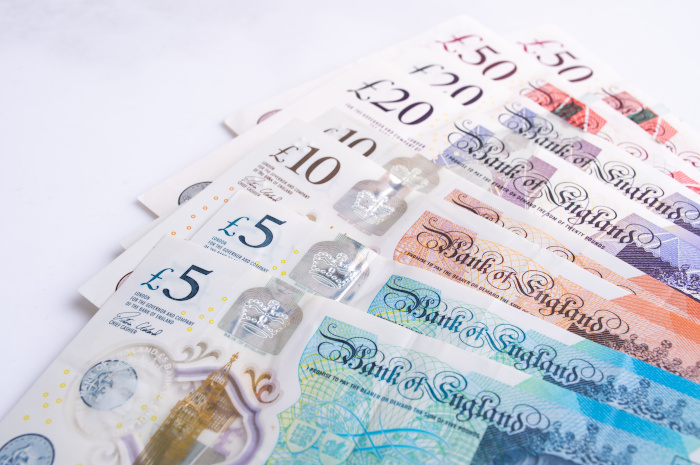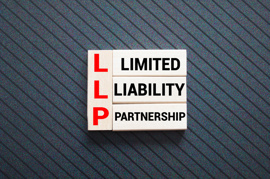If you run a small or micro limited company with profits, you can distribute these as dividends. However, there are certain rules around this that you need to know before paying dividends to shareholders. In this article, we’ll explore dividend declaration, declaring dividends and how you report the payment of dividends.
Dividends - The basics
A dividend is a payment a company can make to its shareholders, if it has made a profit. If you are a micro company then you may only have one or two share holders, frequently, these are the directors of the Company.
You must keep certain records to prove to HMRC that these payments are dividends and not directors' loans or PAYE payments, as these would be subject to a separate set of rules.
To get started, you must have a director's meeting to declare the dividend. If there is just one director, this may seem a bit weird. However, you must have minutes for this meeting, where the dividend amount is declared and agreed upon.
You also need to produce a dividend voucher for each dividend the company pays. The voucher must contain the following information:
- The date
- The name of the Company
- The name of the shareholder being paid
- The amount of dividend being paid
How do I show them in my accounts?
If you are a micro company and reporting under FRS105 (the accounting standard for micro companies), then there is no line in the accounts where you show the dividends you have paid. They are reflected in your capital and reserves figure on your balance sheet.
Capital and reserves are made up of the following:
- Share capital - when you incorporated the Company you issued shares, these had a value, if the Company only has one shareholder it may be only 1 share with a nominal value of £1
- Retained earnings from last year- if this is your first year of trading this doesn't apply. If you did have retained earnings from last year add this amount or take it away if it was a loss.
- Profit/Loss for this period after tax - add (or if you have made a loss take off) your profit for this year - this figure comes from your profit and loss statement.
- Dividends paid - if you have paid any dividends, then this is deducted from your capital and reserve total.
- Capital & Reserves = (Share capital issued + Net profit from reporting period + Retained Profit) - Dividends paid in period.
Dividends are not an expense item, so are not shown on the profit and loss statement in your accounts.
Dividends are also not shown on the CT600 filing. They are a distribution of your profits, your profits are shown on the CT600 and your profits are taxed. Your net profits or amount remaining after tax, is the amount you can distribute as dividends. Please see our corporation tax calculator or create an account to calculate your profits.
When it comes to dividend allocation, as a shareholder, you are taxed on dividends you receive through your personal income taxation, if you receive over £500 in dividends per year. This is calculated in your SA100 that as a director, you need to submit to HMRC each year.























